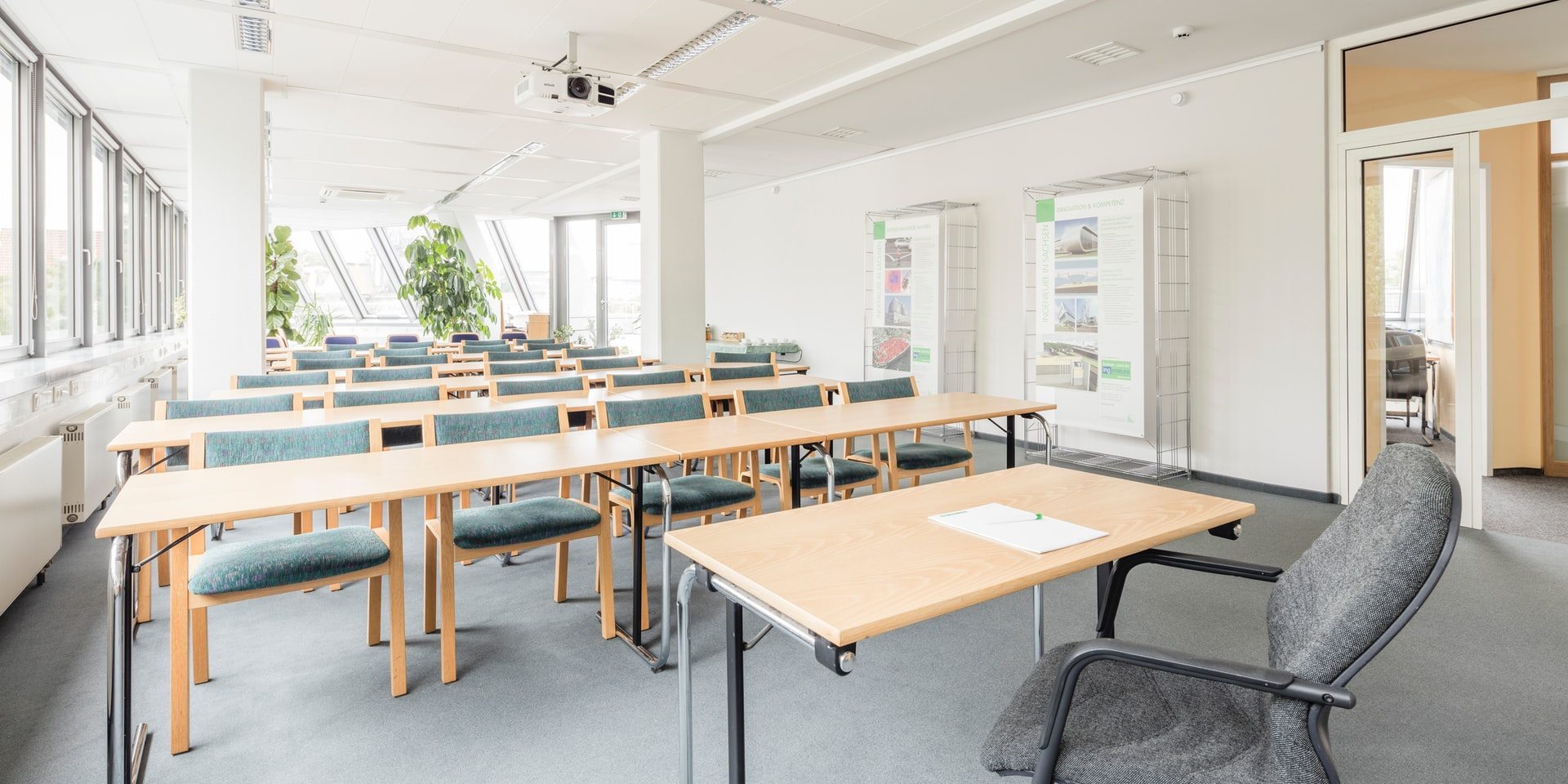
A teacher has a difficult job. He/she has to maximize engagement with students within an environment that is often dominated by the inherent noise and confusion common in today’s open plan classroom. What happens within that environment is being investigated on a continuous basis by educators all over the world with the desire to improve the learning experience. Many new innovative teaching techniques and approaches have been developed and implemented and along with advancements in technological tools & changes brought about by the pandemic. A redefinition of the traditional roles of teachers and activities as well as the use of space is the result. One factor often overlooked or taken for granted are “teaching methods” and how much noisier they have become. The days when teachers simply delivered information in a lecture style classroom with the expectation that the listening students would passively receive same are long gone. The need for the teacher to overcome inattention, boredom and fatigue has always been paramount to the teaching process. But now the “open-style classroom” is the preferred venue rather than a lecture set-up. But “noise” becomes an issue. Interactive and innovative teaching methods, the use of online tools and technology to deliver the lessons, many individuals all speaking at the same time, peer to peer interactions, problem solving discussions and visual presentations are now common within the open plan classroom and all generate “noise”. Noise becomes the central challenge to learning in addition to frustration amongst teachers: noise has a negative dual effect
There are two noise issues: #1. Controlling the “noise” within the designated teaching area and environment and #2 -Ensuring that the “noise” generated within one environment does not make its way into adjacent teaching areas thus creating additional learning problems. Controlling the “noise” within the space is best accomplished using “diffusion” techniques and materials. Eliminate hard surfaces, provide absorption and minimize reflectivity. “Sound masking” is an additional option (https://www.moderco.com/operable-walls-sound-masking/ ). “Isolation” is where Moderco Moveable Walls are the best choice. On the assumption that the school design includes Moderco moveable walls to separate classrooms and also provide the desired ability to provide smaller “lecture” style venues when needed, unwanted “noise” is kept within the area where it is created rather than travelling into adjacent areas.
In order to ensure that the Moveable Walls selected will function as desired there are several specific steps that should be taken during the selection process.
#1. Understand the types of noise that you are likely to encounter in a school ( https://www.moderco.com/effects-poor-acoustics-educational-facilities/ )
#2. Educate yourself about Moveable Walls. The terminology and what they are ( https://www.moderco.com/operable-partitions-terminology/ ) Understand what you are buying.
#3. Get into the sound test details ( https://www.moderco.com/astm-e-90-ask-see-complete-stc-sound-test/ ) before you make a choice.
#4. Understand STC. This is important. As STC will be the ultimate basis for your acoustic choice.( https://www.moderco.com/acoustics-operable-partitions-operable-walls/ )
#5. Select an STC based on how much noise you wish to “isolate” as measured in dB.( https://www.moderco.com/stc-101/ )
#6. Review available Moderco products. ( https://www.moderco.com/moderco-manually-operated-solid-moveable-wall-product-selector/ ).
#7. Learn all you can about Moveable Wall acoustics: ( https://www.moderco.com/operable-wall-acoustics-101/ ) Then and only then can you make an educated decision about the Moveable Wall system you should select. We sincerely believe that Moderco Systems would be your best choice.
Call Moderco anytime at 1.800.363.3150 for additional thoughts, no obligation assistance. We are here to serve.




